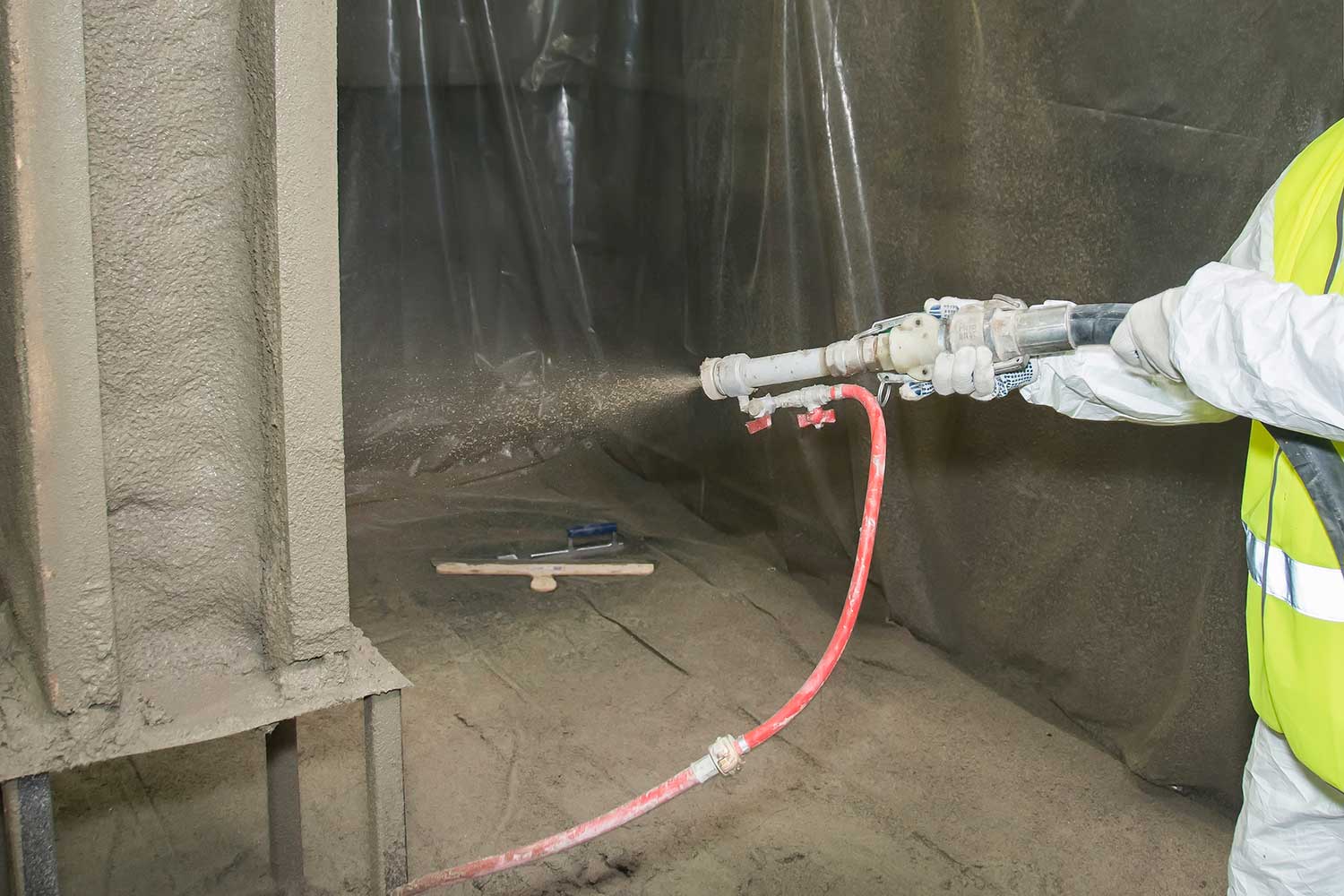Building a house is a monumental task that requires careful consideration of various factors, including the choice of materials. The strength of a material plays a crucial role in ensuring the durability and stability of a house. In this article, we will delve into the realm of construction materials and explore the strongest options available for building houses.
- Reinforced Concrete:
Reinforced concrete is a widely used material in the construction industry due to its exceptional strength and versatility. It consists of concrete embedded with steel reinforcement, creating a composite material that combines the compressive strength of concrete with the tensile strength of steel. This combination makes reinforced concrete an ideal choice for constructing sturdy and resilient houses. - Structural Steel:
Structural steel is renowned for its remarkable strength-to-weight ratio, making it a popular choice for constructing large-scale buildings. Its high tensile strength allows for the creation of robust frameworks that can withstand heavy loads and adverse weather conditions. Additionally, steel's ductility enables flexibility in design, facilitating the construction of unique and aesthetically pleasing houses. - Cross-Laminated Timber (CLT):
Cross-laminated timber, a sustainable and eco-friendly material, has gained prominence in recent years for its strength and structural integrity. CLT is composed of multiple layers of timber boards stacked in alternating directions and bonded together with adhesives. This construction technique enhances the material's resistance to bending, shear, and compression, making it a viable option for constructing houses with exceptional strength and stability. - Fiber-Reinforced Polymers (FRP):
Fiber-reinforced polymers, such as carbon fiber and fiberglass, offer impressive strength-to-weight ratios and excellent resistance to corrosion and fatigue. These materials are commonly used in the construction of lightweight and durable structures, including houses. FRP can be applied in various forms, such as laminates, sheets, or strips, to reinforce concrete, timber, or masonry, significantly enhancing their strength and extending their lifespan. - Engineered Masonry:
Engineered masonry, which includes materials like autoclaved aerated concrete (AAC) and structural insulated panels (SIPs), combines the strength of traditional masonry with modern manufacturing techniques. AAC, a lightweight and high-insulating material, exhibits excellent load-bearing capacity and fire resistance. SIPs, on the other hand, consist of a foam core sandwiched between two structural panels, providing exceptional strength, insulation, and ease of construction.
Conclusion:
When it comes to building houses, choosing the right materials is paramount to ensure long-lasting and resilient structures. Reinforced concrete, structural steel, cross-laminated timber, fiber-reinforced polymers, and engineered masonry are among the strongest materials available for constructing houses. Each material offers unique advantages in terms of strength, durability, and sustainability. By considering these options, architects, engineers, and homeowners can make informed decisions to create houses that stand the test of time.

